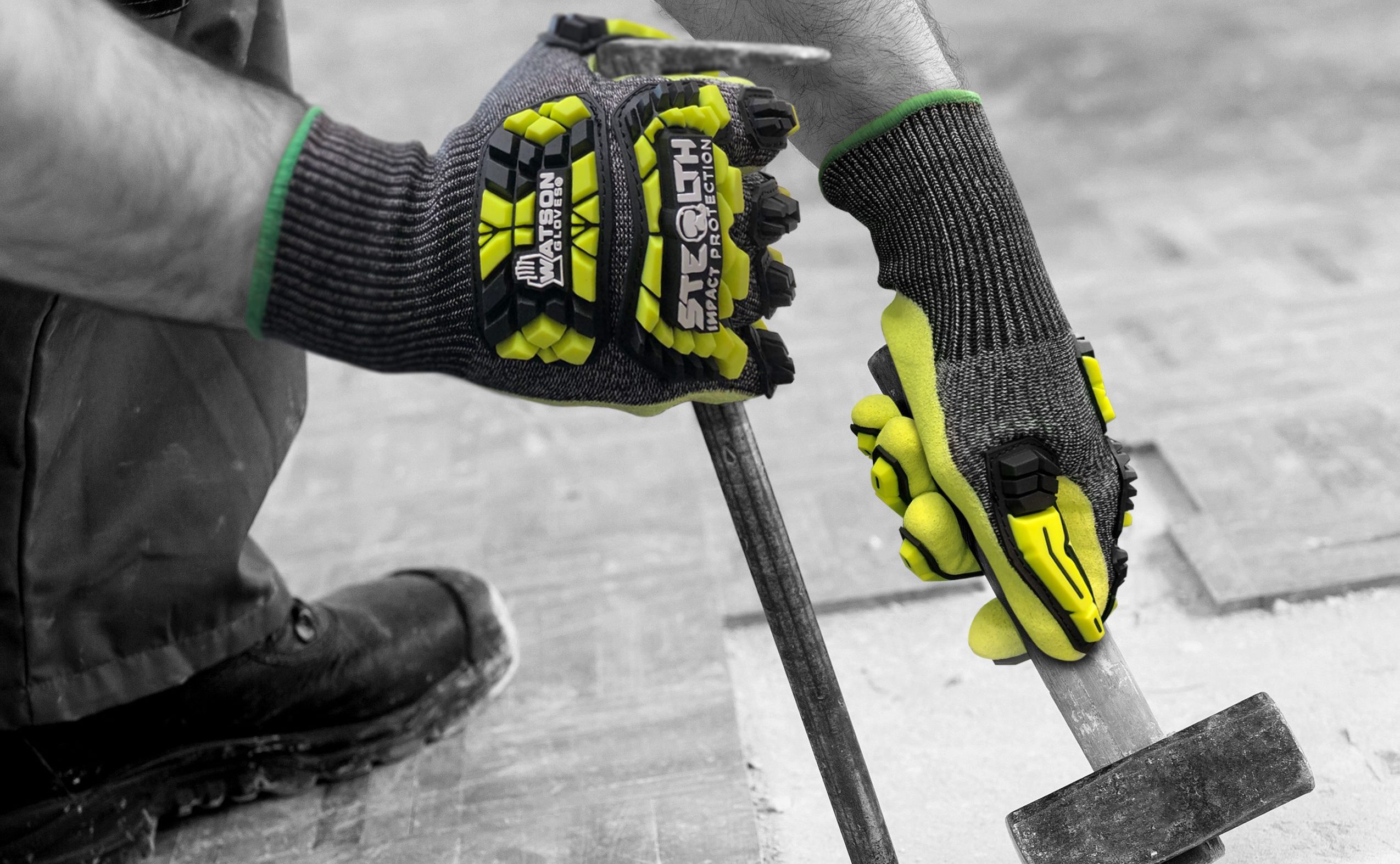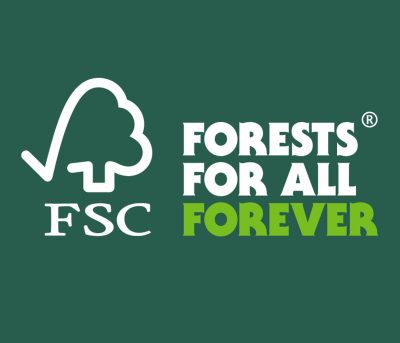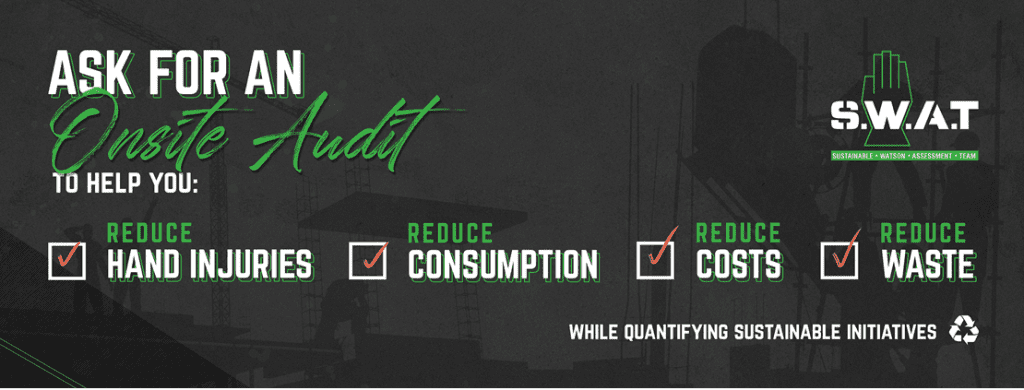Archives
Sustainability in the PPE and Safety Equipment Industry: Insights from the ISEA Report

Personal protective equipment (PPE) is undergoing a transformative era where sustainability is gaining equal significance next to its primary safety function. The International Safety Equipment Association’s (ISEA) recent study illuminates this shift, revealing that an overwhelming 80% of safety managers now factor in sustainability when selecting PPE, reflecting a broader industry trend towards environmentally conscious practices (ISEA Report, 2023). At Watson Gloves, being environmentally conscious is not a new trend but a continued commitment. Our approach is twofold: to provide quality hand protection while reducing our environmental footprint and helping reduce yours. Together, we can help elevate the industry for a more sustainable future.
Watson Gloves: A Journey Towards Sustainability
The ISEA report also highlights the growing emphasis on sustainable procurement strategies, noting that while only 10% of companies currently include sustainability as a purchase criterion, this is expected to increase significantly (ISEA Report, 2023). This aligns with Watson Gloves’ proactive approach in integrating sustainability into our product design and development processes. Being featured in the “Product Sustainability” section of the report, with more than 70 of our sustainable glove styles, is a humble reminder that our efforts are making an impact. Innovations like our Reclaim™ additive, which accelerates the decomposition of our gloves in landfills, and our WasteNot™ yarn, made from recycled plastic bottles, are steps forward in our commitment to sustainable practices that benefit not just the environment but everyone who shows up to the jobsite every day.

With WasteNot™, we are focusing on the beginning stage of the product life cycle; in this case, we’re using post-consumer recycled plastic bottles to make our eco-conscious gloves.
We use RPET by taking recycled plastic water bottles and breaking them down into small pellets, which are then spun into yarn. This type of yarn material is what we call WasteNot™. One whole 500mL bottle is used in one pair of seamless knit gloves and 1-3 plastic bottles are used in our fabric printed gloves. WasteNot™ yarn is certified by the Global Recycled Standard, which validates recycled fibre content claims and composition.
Aligning With Industry Shifts: Durability and Packaging
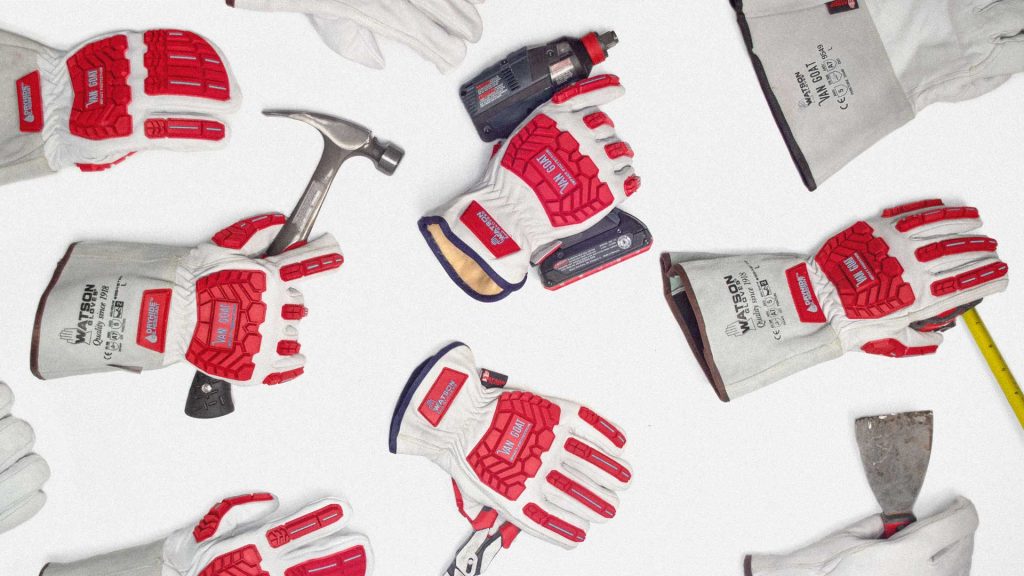
The ISEA study emphasizes two crucial areas: product longevity and eco-friendly packaging. Our approach at Watson Gloves is in sync with these priorities. Our Shock Trooper and Van Goat gloves, for instance, are designed to last longer, reducing environmental impact through durability.
In alignment with the 86% of safety professionals who prioritize sustainable packaging (ISEA Report, 2023), we’re now using FSC paper, recycled kraft paper j-hooks and recyclable glove bags – all of which, are biodegradable!
Out with the old, and in with the sustainable!
What’s FSC?
It’s paper that is certified coming from a verified place of looking after our forests. FSC labels can be found on thousands of products around the world. They provide consumers with the assurance that the product is made from responsible sources and has been verified to meet FSC’s strict environmental and social standards. Learn more here.
Quantifying Sustainability: A Leading Approach
Additionally, the ISEA report underscores the importance of suppliers demonstrating a quantifiable impact from their sustainable products. This necessity is recognized by 70% of safety professionals (ISEA Report, 2023). At Watson Gloves, we meet this challenge head-on through thorough product testing and clear communication. Featured as part of our S.W.A.T. program is our sustainability calculator, grounded in the EPA WARM model. This tool offers concrete environmental savings data in which our customers can use against their own ESG goals.
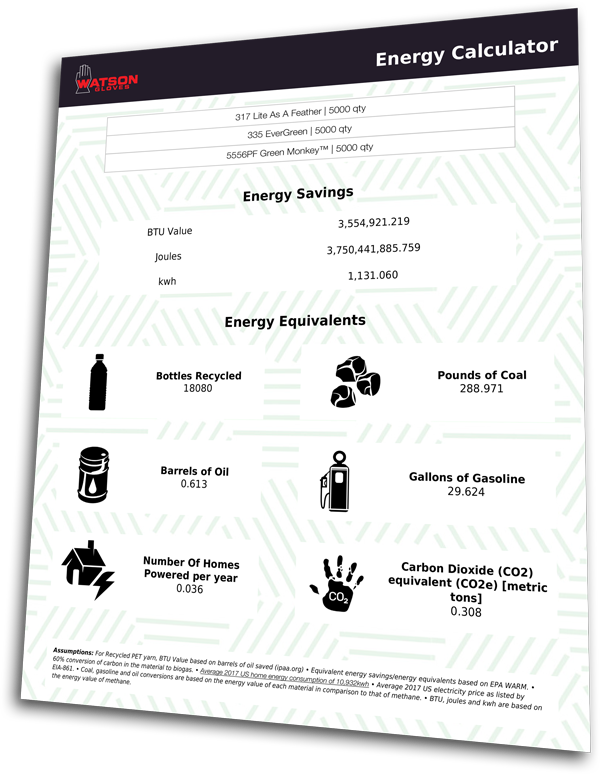
A prime example of this can be found with any of our gloves made with WasteNot™ yarn, one specific example is our Red Baron Gauntlet gloves. Our website and product spec sheets highlight a key statistic: 4 recycled bottles repurposed into one pair of gloves, clearly showing the tangible impact of a purchase.
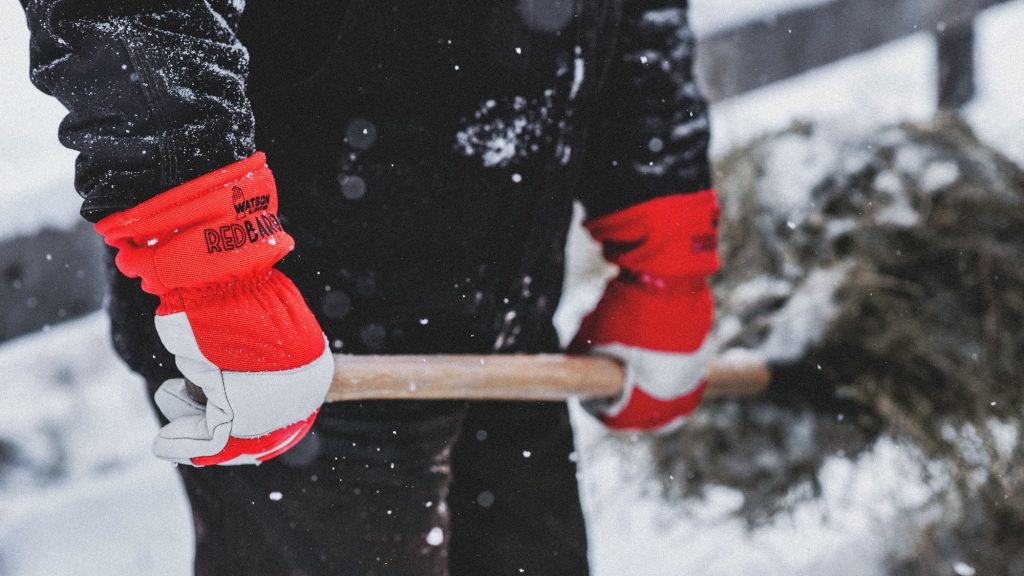
SWAT: Keeping It Safe and Sustainable
According to the ISEA report, maintaining a balance between product sustainability and worker protection is crucial. The report notes that while product sustainability is gaining importance, it should never compromise worker safety (ISEA Report, 2023). Watson Gloves’ SWAT program is our way of ensuring this balance, reflecting the industry’s evolving priorities. Our SWAT (Sustainable Watson Assessment Team) program exemplifies our proactive stance — not only ensuring the safety and efficiency of PPE on-site but also emphasizing the importance of environmental accountability. This hands-on approach allows us to assist our partners in navigating the complexities of sustainability while still fulfilling the core mandate of protection. It’s a response to the ISEA’s revelation that “safety is still job #1,” ensuring that our commitment to sustainability complements rather than competes with our dedication to safeguarding workers.
Our Role in the Sustainable PPE Industry
The ISEA report also sheds light on the importance of organizational sustainability practices, stating that 76% of end-users consider the sustainability practices of a PPE/SE supplier company as vital (ISEA Report, 2023). Watson Gloves’ commitment extends beyond our products to encompass sustainable operations and responsible corporate practices. The ISEA report is a guiding light for the PPE industry’s journey towards sustainability, intertwining safety and environmental care.
At Watson Gloves, we are more than observers in this evolving landscape; we are proactive participants. Our legacy, built on a century of craftsmanship, now expands to include a deep commitment to the planet. Implementing the lessons from the ISEA report, we are reminded of our dual responsibility: to protect workers and to strive towards a more sustainable future. Every glove we craft is a symbol of our dedication to sustainable practices, marking our journey of continuous learning and growth. We are committed to moving forward on this path, ready to embrace the future’s innovations and opportunities.
Key Takeaways from the ISEA Report and Watson Gloves’ Commitment:
- Industry-Wide Adoption of Sustainability: According to the ISEA report, a significant majority of safety equipment and PPE suppliers have embraced sustainable business practices, with many establishing formal, company-wide sustainability programs.
- Safety Managers Prioritize Sustainability: The study indicates that 80% of end-user safety managers consider sustainability an important criterion in selecting PPE, a trend poised to grow in the coming years.
- Safety Remains Paramount: While sustainability is increasingly valued, the ISEA report emphasizes that it must not compromise worker safety, echoing the principles upheld by Watson Gloves.
- Future Outlook on Sustainability: The report forecasts a continued rise in the importance of sustainability within the PPE industry, aligning with Watson Gloves’ ongoing efforts and innovations in this area.
Watson Gloves is a dedicated member of the ISEA, and we’re proud to be working together to elevate industry. Interested in learning more? Contact our team here: https://www.watsongloves.com/contact-us/
ANSI/ISEA 138 – The Impact-Resistant Gloves Standard and What You Need to Know in 2022

15 Ways to Beat the Heat When Working Outside at the Jobsite

Fortunately, we have all the essential tips to reduce overheating when working outside. We understand many occupations that involve outdoor work cannot simply be put to a halt. Knowing the ways you can protect yourself in the hot heat though will keep you both safe and productive.
5(ish) Things to Look for in a BBQ Glove
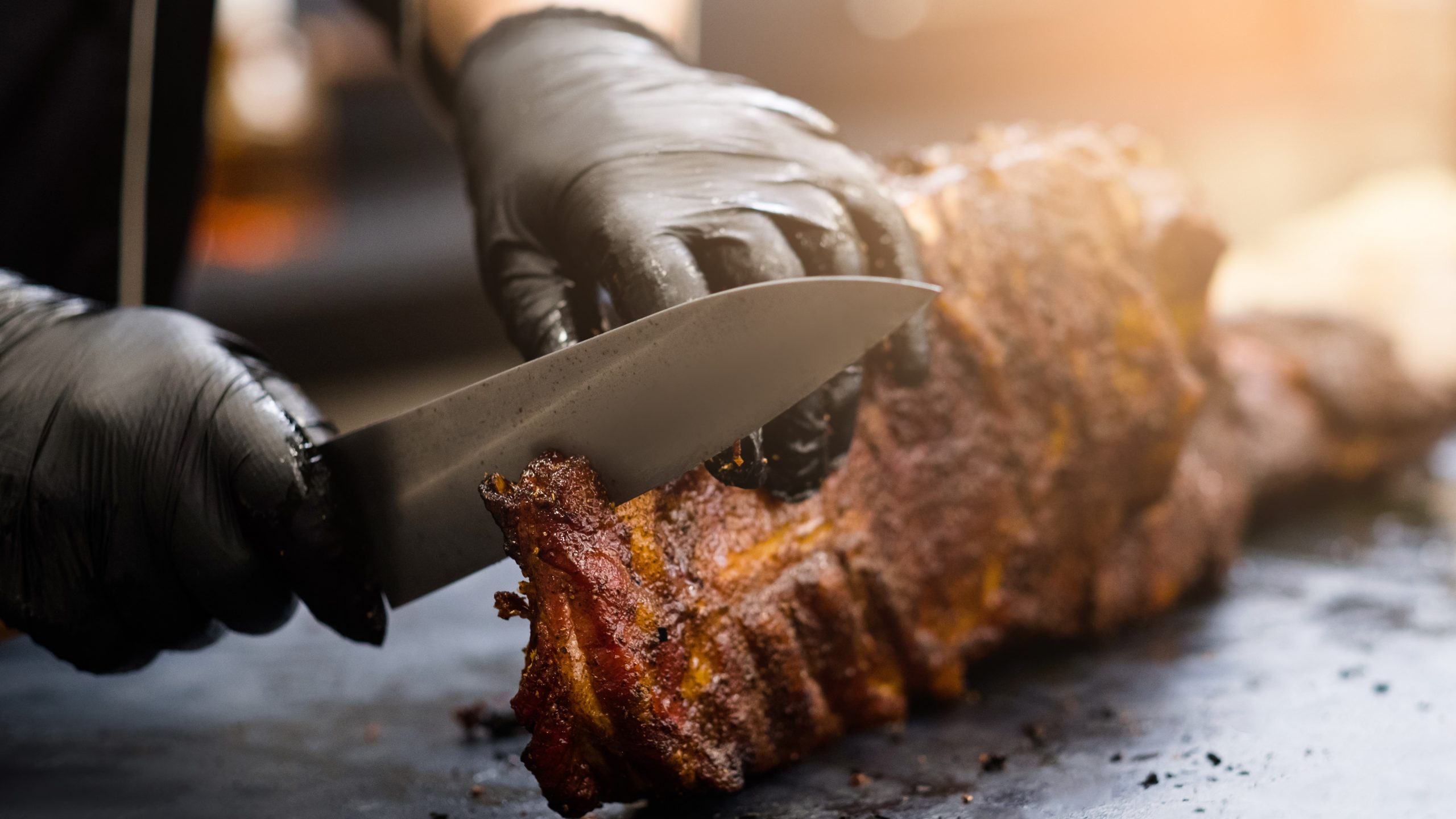
Watson Webinar Recap: ANSI/ISEA 138: What You Need to Know About the New Impact Standard

Virus Resistant Gloves

How to Safely Take Off a Pair of Gloves in 6 Steps

Keep the Germs Out! How to Wash Your Gloves and Keep Them Clean

We hear the PSA (public service announcement) to wash your hands time and time again. But being hygienic has never been more important than ever before. We’re fighting a pandemic, and if left unwashed, dirty hands that slip into gloves can be housing a party of bacteria inside. When it comes to accumulating germs, polyester gloves are the worst culprit, followed by fleece, leather and wool.
ANSI/ISEA 138 – The New Impact-Resistant Gloves Standard and What You Need to Know
